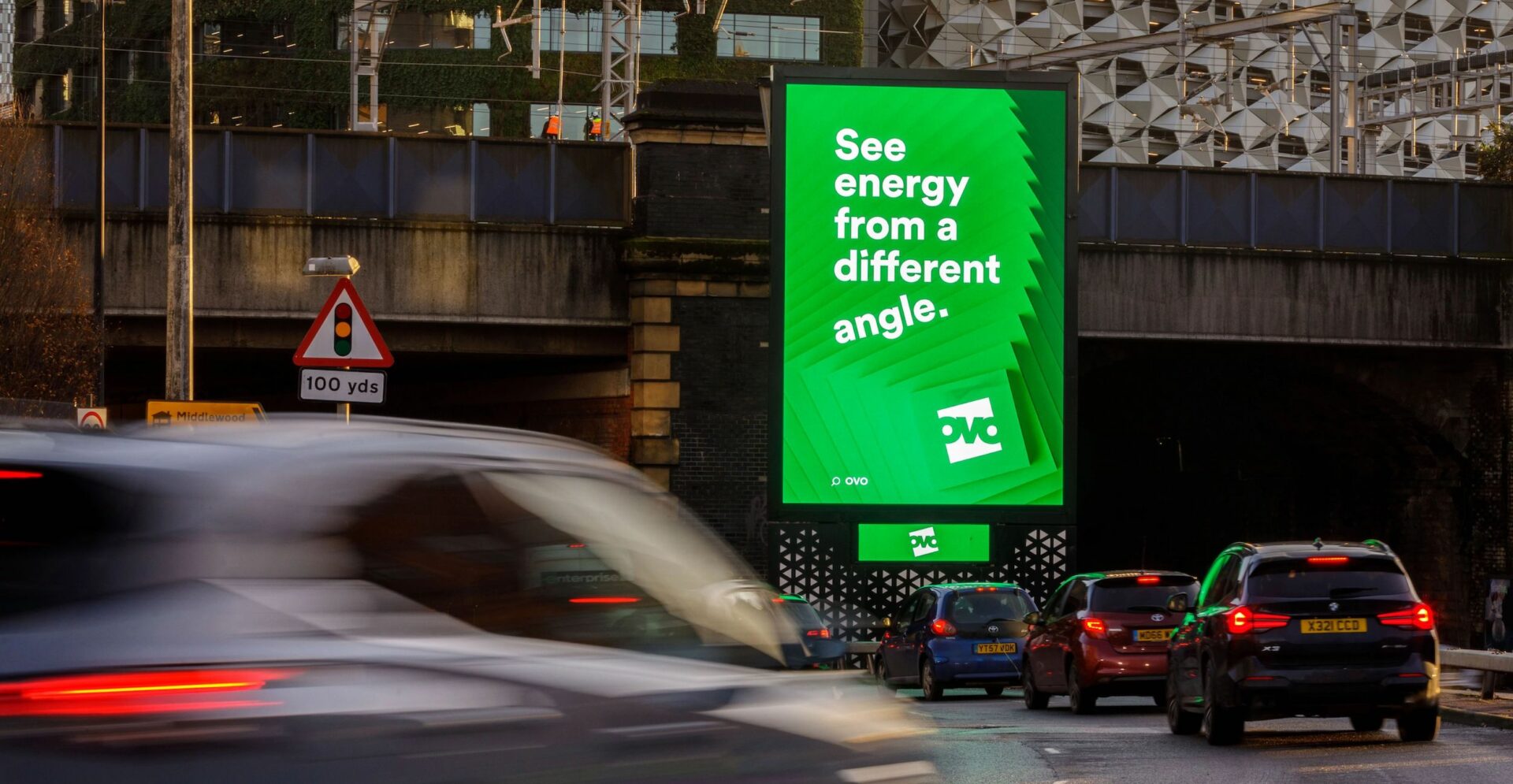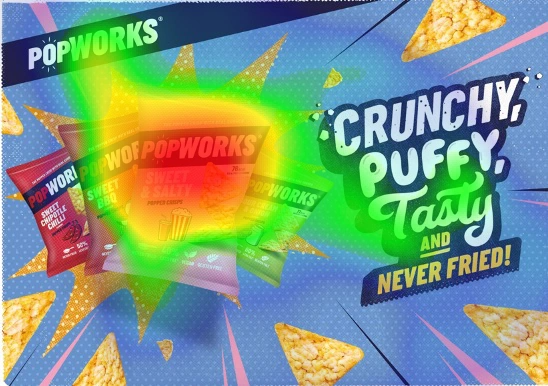The importance of our imagination in media creativity
The importance of our imagination in media creativity
This is writen by Talon’s Innovations Director Richard Simkins.
I recently had the pleasure of taking a two week holiday with my family.
It was towards the end of the holiday after plenty of Spanish sun, cervezas and siestas that I recognised a recurring theme running throughout.
My three-year-old son loves acting and creating little role-plays. His favourite characters are animals, and his favourite animal is Dave the animated octopus from the movie Penguins of Madagascar.
One night while in need of creating a distraction for him in a restaurant I hastily ripped a napkin to vaguely – I mean really vaguely – resemble something of an octopus. My son played with this thing for a good 90 minutes and was completely convinced this shredded serviette was Dave, so much so that he burst into tears when Dave ‘died’ after some particularly vigorous bobbing in the car home.
A few days later we flicked on The Lego Movie. For anyone who hasn’t seen it, the film brilliantly explores the opposing forces of imagination and creativity (the ‘Master Builders’) versus that of conformity and rule following (Emmet, Lord Business and his ‘Micro Managers’). It reminds us that children’s ability to play and create is typically far greater than adults’ ability to break free of the Kragle shackles we voluntary place on ourselves.
One evening I scanned the library of TED talks and stumbled across this one by Yuval Noah Harari, on his opinion on why humans have become the dominant species on the planet. His view is that it is our power of imagination that sets us apart from other species. It has allowed us to experiment with fire, invent tools, create – and conform to – legal, financial and religious systems, and to devise new products and ideas every single day. It allows us to think “what if?”. Our imagination exponentially develops our potential as a species.
And over the holiday I read Andrew Smith’s incredible book Moondust which examines the history of – and history since – the incredible Apollo moon landings. In the 1960s NASA’s collection of 20-something MIT students, ace test pilots and astrophysicists had to invent thousands of new tools and processes to find a way to safely send 12 men to the moon and back. It is simply an astonishing feat of human bravery and imagination that has yet to be equalled since.
We specialise in out of home (OOH) media and creativity and I think OOH is the most creative and versatile media that exists. If we can imagine it we probably can build it (budget and legality permitting of course…).
But as we grow older, our power of imagination withers and the pressure to conform grows stronger. A fear of failure paralyses. Time pressures of emails, spreadsheets and micro managers reduce our ability to think freely and explore new ideas.
For us to continue to add value to our clients’ businesses we must maximise the inherent imagination we were born with, and to do our damnedest not to forget our child-like view of our environment. It is vital for us to remain creative, imaginative OOH media planners, but we can only do that when we find the time to look up from our computer screens and say “what if?” more often.
This article first appeared on Campaign (01/09/2015), please click here for the original article.



